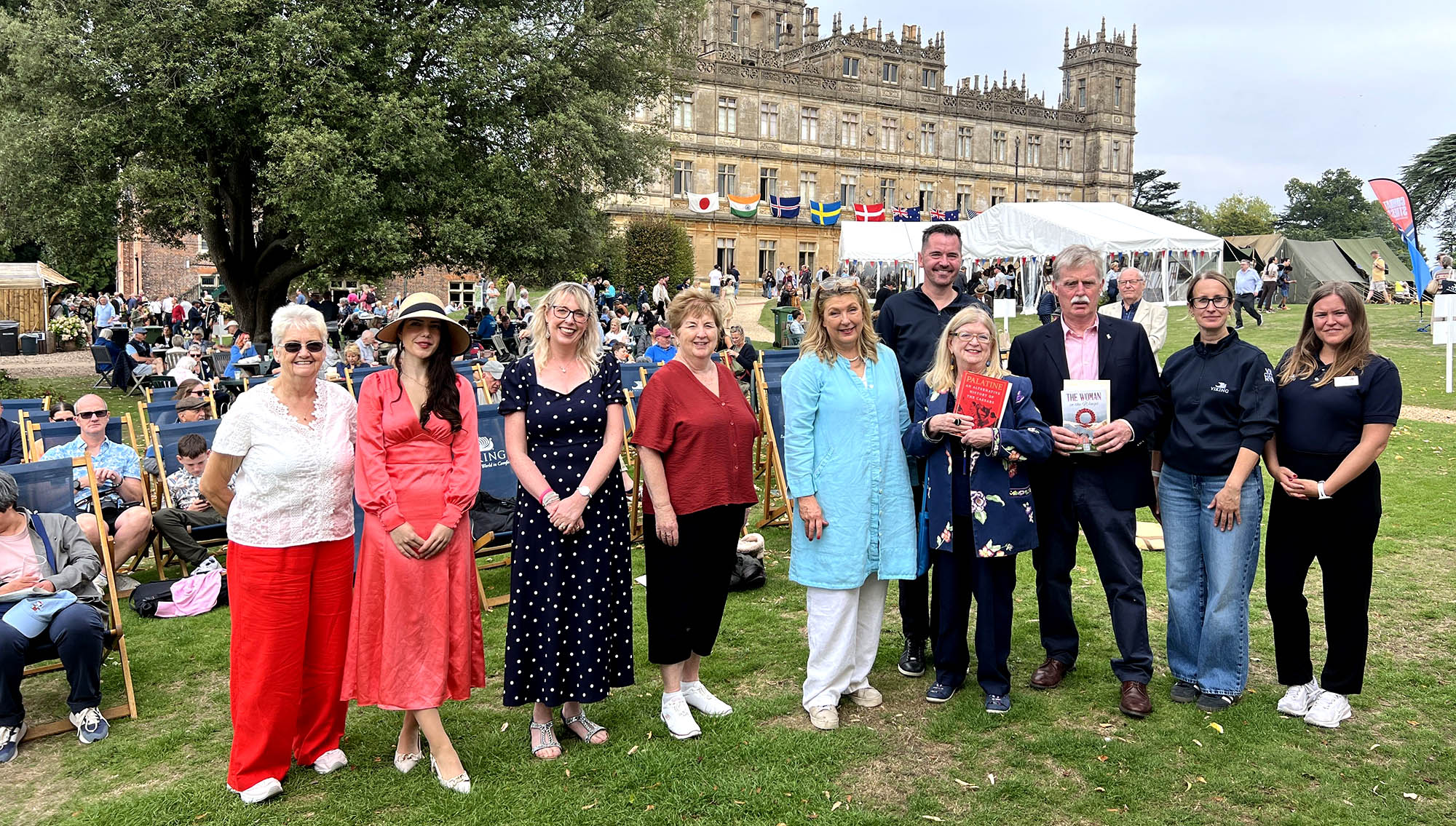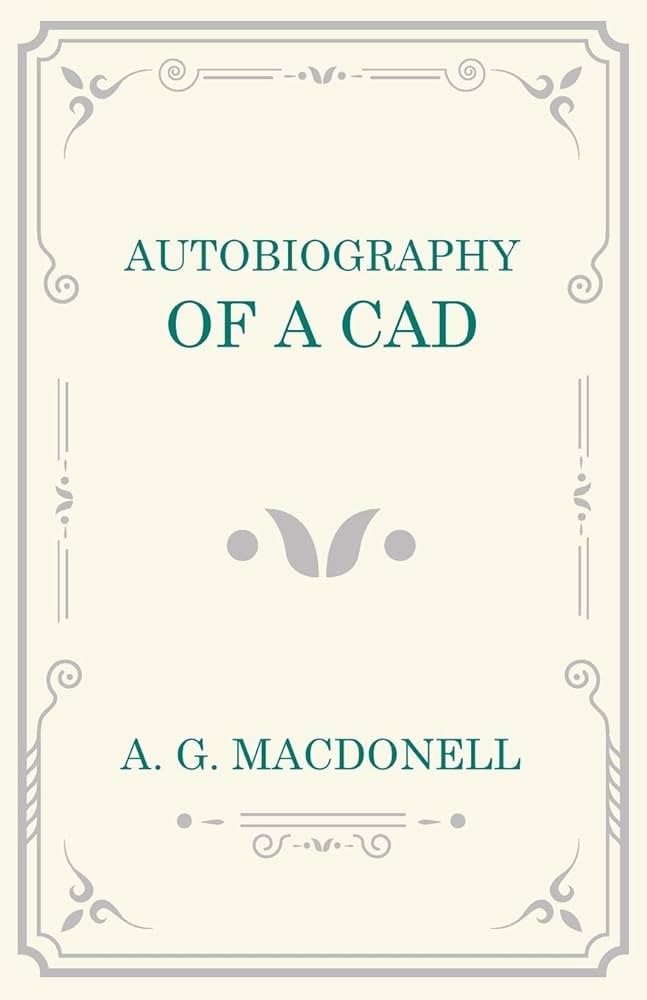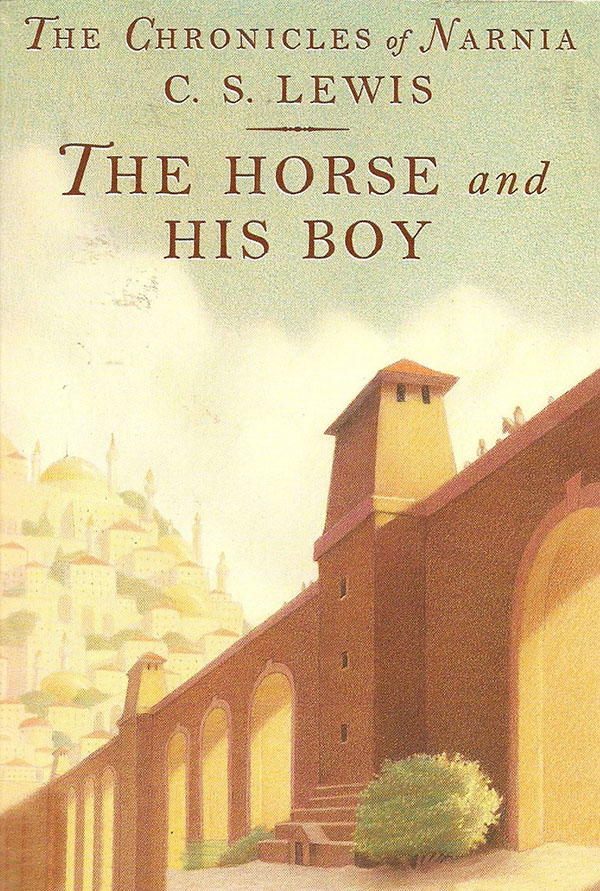Built in a bygone era, Highclere Castle and its surrounding five-thousand-acre estate is a place where history breathes through its walls and verdant landscapes.From the grandeur of Victorian architecture to the whispers of Anglo-Saxon roots, every stone and tree has a story to tell throughout its sweeping grounds. Lady Carnarvon shares tales of past residents, from Lady Almina's legendary 1920s parties to the enigmatic ghosts that roam the halls of the castle. With the passing months and seasons, Lady Carnarvon reveals what it truly means to live and work in this extraordinary home. From gardening, entertaining, exploring the outdoors with their eight dogs and opening the gates to a film crew - for many weeks and seasons - culminating in the latest Downton Abbey film.Highclere is where history, royalty, nature, and community weave together in a tapestry as rich as the castle itself.
Books
Lady Carnarvon began her career as an author by writing the guidebook to Highclere and a guide to the Egyptian exhibition which transported visitors back to Ancient Egypt. Lady Carnarvon has written two historical books, “Lady Almina”, a New York Times Bestseller, which covers First World War when Highclere was actually a hospital and “Lady Catherine” which looks at the twenties and thirties and the Second World War through the real inhabitants.


This is a book about a man whose life and death became front-page news throughout the world between the autumn of 1922 and the spring of 1923 when, with his colleague Howard Carter, he discovered the tomb of Tutankhamun and then, shortly afterwards, died.
The media circus that accompanied the opening of the tomb latched onto the glint of gold, the extraordinary treasures and, of course, he superstitious world of ancient Egypt. The back story of hard work, the acquisition of experience and knowledge in an in-hospitable climate, has been overlooked in a welter of excited prose - it is a book of discovery.

Join Lady Carnarvon as she opens the Castle's gates to show how th iconic British landmark celebrates and changes each season.
This book reveals the treasures within Highclere Castle's land and estates: Georgian architecture, follies, secret gardens, the monks' garden, wildflower meadows and the woods of enchantment. Alongside history and anecdotes, this book also details sumptuous recipes for dishes inspired by local, seasonal produce, such as Heritage Tomato Tart, Highclere Baked Figs with Goats Cheese, and Honeyed Winter Vegetable Salad.
Beautifully illustrated with full-colour photography, Seasons at Highclere is full of gastronomical delights, the stories of the treasures within Highclere Castle's grounds, untold secrets from the castle's archives and much more. This is the perfect gift or keepsake and a book to be cherished for years to come.

Lady Carnarvon's love of history is richly rewarded at Highclere Castle with its mine of family records going back some 300 years. She has delved into the archives to create a book that invited you inside the Castle, past and present. Throughout the centuries, Highclere has welcomed, Royalty, Statesmen, Egyptologists and pioneers of technology along with men and women from the worlds of music, art and letters. The etiquette of the invitation, the balance of guests at a weekend house party, their 'placement' at dinners, and the entertainment of friends, as well as the domestic management required to execute the perfect occassion, have all preoccupied successive generations of châtelaines. This book tells the story of four real weekends - from 1866 to 1936 - when the great and the good gathered at Highclere to change the world in some large or small part. It then reflects on how the current Countess entertains 'At Home' at Highclere today.

This book takes you behind the scenes and shares the history and rituals that make Highclere Castle the most magical place to be throughout the festive season. The festive feeling is carried through to Highclere's Boxing Day traditions, the restorative middle days and the New Year's Eve celebrations.
As well as telling the stories of Highclere Christmases past and present, Lady Carnarvon provides recipes, tips and inspiration from her kitchen so that readers can bring a quintessentially British festive spirit to their own home. Lady Carnarvon divulges the secret to perfectly flakey mince pies, the proper way to wrap presents so that you and your guests are guaranteed a Christmas to remember.

Lady Carnarvon’s first book, which has become a New York Times bestseller, weaves Almina's journey and those of her family into the heritage and history of one of England's most exquisite Victorian castles. Lady Almina was the illegitimate daughter of banking tycoon Alfred de Rothschild and he doted on her. At 19, she married the 5th Earl of Carnarvon with an enormous dowry.
At first, life at Highclere was a dizzying mix of sumptuous banquets and even the occasional royal visitor. Almina oversaw 80 members of staff - many of whom came from families who had worked at Highclere for generations. But when the First World War broke out, life at Highclere changed forever.

Drawing on rich material from the private archives at Highclere, including beautiful period photographs, the current Countess of Carnarvon transports us back to the thrilling and alluring world of the 'real Downton Abbey' and its inhabitants. Telling the story of Lady Catherine, a beautiful American girl who caught the eye of Lord Porchester when she was just 20 years old.
But less than a year later Porchey's father died suddenly, and he became the 6th Earl of Carnarvon, inheriting a title and a Castle that changed both their lives forever. Catherine found herself suddenly in charge of a small army of household staff, and hosting lavish banquets and weekend house parties.
Book readers’ awards
Thank you to Viking Cruises for sponsoring these joyous awards and thank you to everyone that has entered. We are pleased to announce that we will be hosting our book readers’ award yet again in 2026. Entries to open 1st June 2026 until 31st July 2026. Please email theoffice@highclerecastle.co.uk for further information.


The “Comfort Women” issue has been a major development in both history and in human rights ever since the first silence breaking by Kim Hak-soon in 1991. As historians and human rights activists are well aware, the “Comfort Women” were the victims of a horrific and brutal system of sexual slavery imposed by the Japanese Imperial Army on the female population all throughout the Far East during World War II. While the experiences of the sexual violence committed by the Japanese military have been extensively documented, the history of the “Comfort Women” system clearly illustrates the toxic mixture of nationalism, sexism. racism and militarism. The Politics of Trauma and Integrity: Stories of Japanese Comfort Women may initially seem just like another book dealing with the issue of the “Comfort Women.” Yet, this book takes a very different direction in historically examining the “Comfort Women” system, One of the reasons that I feel that the author’s book is so important is that she writes how Japanese “Comfort Women” were in the first victims of Japan’s system of military sexual slavery. In this way, the author’s gives the reader a much richer perspective in that it is not commonly accepted that Japanese women were considered “Comfort Women.”
To this end, her book deals with the real-life experiences of the Japanese “Comfort Women.” Her book weaves a unique tapestry of oral history and gender studies in order to uncover the hidden voices of the Japanese victims and their struggles in transforming their lives from the fringes of Japanese society into becoming truly human. The book is enlightening in that it focuses on two specific “Comfort Women” (Kikumaru and Shirota Suzuko) whose lives and experiences before and during the war, were very different. Yet, after the end of the war, both of their lives were marked by exploitation, poverty and despair as they attempted to raise their voices and were silenced by an uncaring post-war Japanese society. A point that the author writes extensively on.
However, the book deals equally with the triumph of the human spirit despite all the odds. This point is especially evident as the author writes about the transformation of Shirota Sukuko from a “Comfort Woman” who was sexually serving multiple enlisted Japanese soldiers a day to a woman who found her agency and mission in life through what the author describes as the politics of integrity. The book is even more important in that this year marks the 80th anniversary of the defeat of Japan. And it is only now that the silenced voices of the Japanese victims are just beginning coming to life. In light of the development, the ultimate objective of the author is to link the past with the present in order to create and preserve an official and enduring memory of the “Comfort Women;” so systematic sexual violence never reoccurs in the future either in Japan or elsewhere in the world.
Above and beyond being a book about history, the book seeks to bring justice and humanity to all victims of the “Comfort Women system” and the victims of all forms of sexual violence with her impassioned plea for empathy. For she believes that only through human empathy that all of us can truly discover and hear the voices of the stigmatized and traumatized, whereby all of us, including the victims, become human.
The author has written other books about his journeys by train around places such as Venice, Istanbul and Spain. This book celebrates 200 years of passenger railway travel, centred upon a slow journey around Britain using conventional trains and, on many occasions, the heritage steam railways that exist due to the work of enthusiastic volunteers who keep them in existence.
This journey begins in Darlington, where the world’s first public railway opened in 1825. It follows a circular route ending back in Darlington, taking in many diversions via branch lines on original steam-powered engines along the way.
This is a story of a long journey of over 4,000 miles that takes around one month, with overnight stays in bed and breakfast accommodation for the author, and finally a much-anticipated trip on the overnight sleeper train from London to Scotland. Along the way the author has the opportunity to partake in plenty of people watching, meeting and talking to a diverse range of fellow travellers – some good experiences, and some not! Many of those travelling and waiting at stations are railway enthusiasts (often called train spotters), who are very willing to give Tom lots of information about the trains, stations and railway bridges.
Gradually he becomes what he calls a ‘train nut’ himself, buying train books at various stop-offs and listing the types of train he has travelled on. Of course, there are times when the next train he is due to travel on is replaced by a bus due to cancellations or other issues on the tracks, which brings the story into the 21st century.
The author also visits steam railway heritage museums and gives plenty of technical detail about the original engines such as the Flying Scotsman. Although I am not a particular steam engine enthusiast, finding out about the origins of the railway system and the 1963 Beeching Cuts (officially called the Reshaping of British Railways), that subsequently changed British railways forever, was very enlightening. Many smaller towns and villages were completely isolated from the main railway routes after these cuts, as the preference of the government at the time was to develop a road transport system across the country for freight and passengers alike, rather than using the railway system.
Over the years, enthusiasts and volunteers have saved engines, carriages, stations and track from extinction, either putting them on show in museums or actually having them working by carrying tourists around some of the scenic routes that Tom travelled in the book. Some of the previously closed lines have been reopened to the public and for freight carriage, entirely due to these volunteers and their keenness.
I had no reason to think I would enjoy a book about train journeys and was initially drawn to it as it describes a slow, round trip of Britain going through villages, towns and cities, many of which I have visited myself. The descriptions of the scenery from the train windows bring back memories of places visited before, and encourage readers to venture there themselves.
The historical information about the origins of train travel and the ultimate reduction in many branch lines and stations due to the Beeching cuts was unexpectedly interesting and informative. It was easy to ‘go on the journey’ with Tom Chesshyre, imagining myself travelling slowly around Britain and enjoying picking up the book and carrying on to the next station with him on the trip. I have been encouraged to read his other travel books due to a very easygoing style of writing, with well-used humour on occasion. A surprisingly good read which I thoroughly enjoyed!


Until the beginning of this year, I knew A G Macdonell only as the author of the comic novel England Their England. Set in the early 1930s, it includes a much-anthologised account of a village cricket match. I have since learnt that Macdonell was a prolific author with numerous novels and non-fiction books to his name, although most are out of print. I tracked down a copy of The Autobiography of a Cad after Ian Hislop praised it as a classic of political satire.
As a longtime subscriber to Private Eye and a student of modern British history with an enduring fascination for current politics, the book sounded right up my street. I read it at once and was not disappointed. Macdonell’s hero, Edward Percival Fox-Ingleby (the ‘Cad’ of the title), is born in 1889 and educated at Eton and Oxford. On the outbreak of war in 1914, along with many of his contemporaries he applies for a commission in the Army, but he then manages to secure a posting safely away from the Western Front. After the war he enters Parliament and marries, although his numerous affairs bring his marriage to a premature end. Living through the political turmoil of the 1920s (including the decline of the Liberals, the first Labour government and the General Strike), the newly divorced Cad ends his autobiography with a Cabinet position in Baldwin’s second ministry.
Macdonell published his book in 1939, in retrospect not an ideal time for political satire, although the momentous political events of the previous two decades mentioned in his book would still be familiar to his readers. My inner historian laughed at the machinations of candidates struggling to secure nominations for safe seats in the Coupon Election of 1918.
Contemporary politics has passed through a similarly febrile state over the past fifteen years, and although the specific details of party schisms, shady business deals, and political resignations are of course different, the resulting headlines are remarkably similar. Additionally, the archetype of the Eton and Oxford educated politician, once regarded as an at-risk species in an age which, on the surface at least, appeared more egalitarian, has over this period staged a remarkable comeback at the highest levels of political power.
The objective of satire is to ridicule power, but Macdonell’s creation of this memorable archetype is so realistic that in 1940 Josef Goebbels, chief propagandist for Nazi Germany, regarded the book as a genuine autobiography:
‘I read a book… an unspeakably frivolous concoction that shows the English plutocrat without his mask. This is the face of the people whom we must overthrow.’
The Cad is a monstrous grotesque, but Macdonell’s genius is to portray the key elements of an archetype that will reappear in subsequent generations of Conservative politicians; Alan Clark, a political diarist of genius, was a notorious womaniser, while Neil Hamilton’s acceptance of large sums of money in the ‘Cash for Questions’ scandal came to epitomise political sleaze in the years before the New Labour landslide of 1997.
Contemporary readers will also gain an unexpected extra level of pleasure from the book. We quickly realise the Cad is an unreliable narrator, and this element of his character, combined with his irrepressible boosterism, selective memory, and constant praise of his own limited achievements (not to mention his use of a researcher and a ghost writer to produce his autobiography) surely provides the template for the modern political memoir.
He ends his book with the following triumphant summary of his career to date: ‘In May 1926 I had defeated all my enemies. I was a Minister of the Crown. I was untarnished by public scandal. I was respected and honoured by all. And I was at peace with myself.’
We have no record of his subsequent political career. However, the text suggests he will continue to fail upwards (like so many later politicians). Accordingly, a second volume is likely to record his keen support for Chamberlain and appeasement until he sees the way the wind is blowing and switches his support to Churchill. As the Great Man himself famously didn’t say: ‘History will be kind to me. For I intend to write it.’
The Woman in the Wings: Amazon.co.uk: Jarvis, Tim: 9781035828470: Books
I have recently discovered Santa’s novels and this book is an absolute delight, with all of my favourite tropes weaved together in a shimmering web of goodness! There is romance, history, time travel, mystery, friendship, and heartbreak against the backdrop of a stately manor house in Cornwall with a sprinkling of the supernatural and esoteric mysticism!
Pixie Tate, the pink haired heroine of the story, is a detective with a difference! She has the gift to time travel or time slide as she calls it! She is drawn to Cornwall where a new family have taken over the manor house where unexplained happenings come to light. Pixie becomes drawn into the history and previous ancestors of the house and realises she must investigate the unexplained disappearance of a little boy from the manor house during the Victorian Era.
The author’s vivid descriptive prose throughout the book is akin to having sunlight poured into your soul. Her writing is an absolute joy and has the gift of transporting you into the books’ universe where you are fully present and can inhale the scent of the summer meadow and see the flowers swaying in the warm breeze.
I love how this novel gently encourages the reader to explore the unseen and peek behind the veil of what we know. If you are a spiritual person then this book will fit with you like a tailored glove, it’s pure nourishment for your soul, and even if exploring spirituality is new for some people, it’s a gentle exploration into a universe that’s so nurturing and loving that it will leave the reader wanting to discover more. One of the themes of the novel is that those who love us never leave us and that concept should you choose to embrace it will leave you feeling held and cherished by those who have gone before us.
The novel also explores the theme of mindfulness and being fully immersed with all of the magic that we can find in the beauty of nature and ordinary life. The novel teaches us that the ordinary is made beautiful and somewhat extraordinary if we are fully here. Also, that glimmers of joy are not something that stay with us forever but they are fleeting, fragile and beautiful and we need to fully present for when they grace us with their presence.
The book also explores darker themes within the constraints of Victorian society and doesn’t shy away from deep diving into certain taboo topics. Although elements of the novel explore devastating heartbreak, the theme of love is also woven throughout like a sparkling gossamer golden thread.
I also love that the novel is set in Cornwall, a place dear to my heart. The Cornwall that’s depicted in both the past and present is a place of magic, mystery, wonder and intrigue.
It’s such a relief to know this book is the first one of a trilogy as it leaves you feeling both bereft and replenished once you have finished reading it. This book is so much more than a novel, it opens a portal into a beautiful world with characters that weave a place into your heart and leave an imprint on your soul — that’s how good this book is!


Highclere Castle Book Review – The Horse and His Boy by Sophie Witherstone
Maya Angelou beautifully emphasises, “The ache for home lives in all of us”. This encapsulates the heart of what The Horse and His Boy inspires the reader to ask themselves from the very beginning – what does home feel like for me, and where can I find that? A question that leaves many of us restless in moments of great anxiety and tension. But, as Aslan, our story’s spiritual guide, reminds us, “Do not dare not to dare”.
In this story, we are playfully invited to be bold, to gather the authentic fragments along life’s journey that lead us to our true home within. C. S. Lewis invites us to journey across Calormen and beyond with the brave Shasta, a young boy enslaved far from the freedom of Narnia, who dares to abandon all he has known in search for more. We accompany him as he gathers fragments of wisdom: confronting fear in unfamiliar places, learning to trust unlikely companions, opening his eyes to unseen guidance and, ultimately, embracing a new meaning of home, one with an “open door” where he feels he belongs and is safe.
For me, The Horse and His Boy is about something deeper than physical relocation or rediscovering place. It explores the profound longing to feel fully at home within ourselves—to be embraced as we are by others but, most importantly, by ourselves. Lewis’s story goes beyond a children’s tale of adventure; it challenges us to reconnect with who we truly want to be and to recognize that we deserve more than to stay stuck like Shasta wondering, “what is there beyond that hill?”.
This resonates deeply with me, as I have navigated feeling lost, trying to fit into spaces not meant for me. Like Shasta, I had to release my binds and embark on a journey in search of authentic belonging and genuine joy. Lewis’s stories are infused with spirituality and divine guidance, and this is no exception. Yet, the lessons are universal: to abandon what feels inauthentic and embrace the life that aligns with our true selves.
Shasta’s arrival in Narnia, when he is “suddenly embraced in a bear-like hug by King Lune and kissed on both cheeks,” beautifully captures the reassurance and warmth felt when we follow this calling. Embracing authentic living is one which we discover alongside trusted friends and wise guides, but the responsibility to take hold of that is on us, Aslan reminds us, “Child, I am telling you your story, not hers.”
What is our own story revealing to us about where we may want to go next? Aslan’s divine wisdom acknowledges the trials of life, “When things go wrong, you’ll find they usually go on getting worse for some time; but when things once start going right they often go on getting better and better.” For Shasta, this manifested as vast deserts, strong-willed Tarkaan leaders, and separation from friends. For us, it may be traversing mental health struggles, traumas or a loss of purpose. But, by choosing to trust ourselves and listen to our inner knowing, we as readers, like Shasta, can find deeper peace, joy, and a true sense of home.
Ultimately, The Horse and His Boy offers more to the reader than we may initially see. The invitation is one of boldness and courage – to follow in Shasta’s footsteps by stepping away from the familiar to discover what is truly possible for our lives. The unknown is uncomfortable, scary, sometimes dangerous, and yet possesses the endless possibilities to transform us and guide us closer to home.
Maybe we can truly utilise this magical Narnian tale by asking ourselves: where am I keeping myself imprisoned in areas that cause me to shrink myself? And, if I dared to let myself consider, what would truly feel more authentically like home to me in this next season of life?
Angelou, M. (2008). Letter to My Daughter (p. 7). Random House. Lewis, C. S. (2001). The Horse and His Boy (P. Baynes, Illus.; Paperback ed.). HarperCollins. (Original work published 1954)
